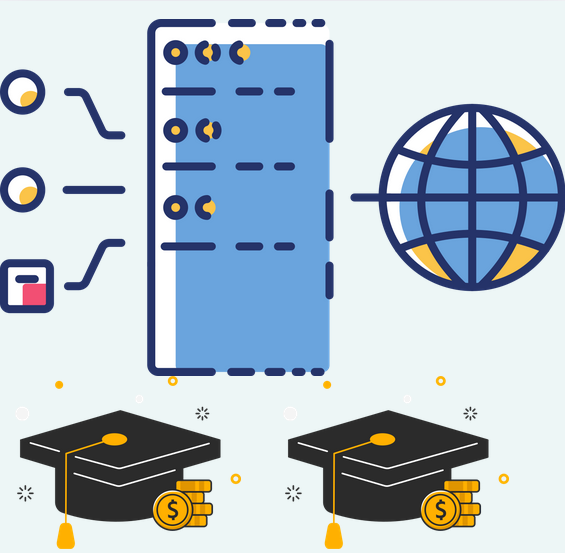Using Proxies to Overcome Connectivity Barriers in Distance Learning

In the current digital era, distance learning (PJJ) is the main solution to overcome space and time restrictions. However, even though technology has developed rapidly, there are still various obstacles that hinder the smooth running of the PJJ process, especially in terms of internet connectivity. Not all regions have stable internet access, which results in obstacles to online learning. One solution that can help overcome this problem is the use of a proxy.
What is a Proxy?
A proxy is an intermediary server that can connect users to internet resources . When a user accesses the internet through a proxy, their request is first forwarded to the proxy server, which then accesses the requested data and sends the results back to the user. Proxies can hide user identities, increase security, and optimize bandwidth usage.
Benefits of Proxies in Distance Learning
Overcoming Connectivity Limitations
One of the main obstacles in distance learning is a slow or unstable internet connection. By using a proxy, frequently accessed content can be stored in the proxy server's cache, so that access to that content becomes faster. This is very useful for students or teachers who are in areas with limited internet access, because they do not need to download the same data repeatedly.Improving the Accessibility of Educational Content< /strong>
In some areas, restrictions on internet access for certain sites can be a barrier to the learning process. By using proxies, students and teachers can access sites that are blocked or restricted by internet service providers. This opens up opportunities for them to get more varied and in-depth information and learning materials.Reducing Bandwidth Burden
Distance learning often requires access to videos, interactive learning materials, and various other online resources that require high bandwidth. Proxies can help reduce bandwidth load by keeping copies of frequently accessed material. This can reduce data usage and increase access speed, so that the teaching and learning process becomes more efficient, even in areas with poor internet connections.Security and Privacy
Security and Privacy
strong>
Using a proxy can also increase the level of security and privacy during online learning. Data sent over a network can be protected with encryption, preventing unauthorized access and potential security threats. This provides a sense of security for students and teachers in carrying out online learning, especially when interacting via online platforms.
Challenges in Using Proxies
While proxies offer a variety of benefits, their use in education also has challenges. One of the main challenges is the need for adequate management and maintenance of proxy servers. Without proper maintenance, proxy servers can experience interruptions or downtime, which can actually hinder the learning process.
In addition, although proxies can improve access to content, not all types of content can be cached or fast-forwarded . Some types of material, such as interactive content that requires real-time connections, may not be optimally accessible via proxies.
Use of proxies in learning Long distance can be an effective solution to overcome connectivity problems that are often faced by students and teachers, especially in areas with limited internet access. By utilizing proxies, schools and universities can increase the efficiency of online learning, speed up access to educational materials, and improve security and privacy. Although there are challenges in implementation, using proxies as part of a digital education strategy can help create a more inclusive and accessible learning environment for all students.